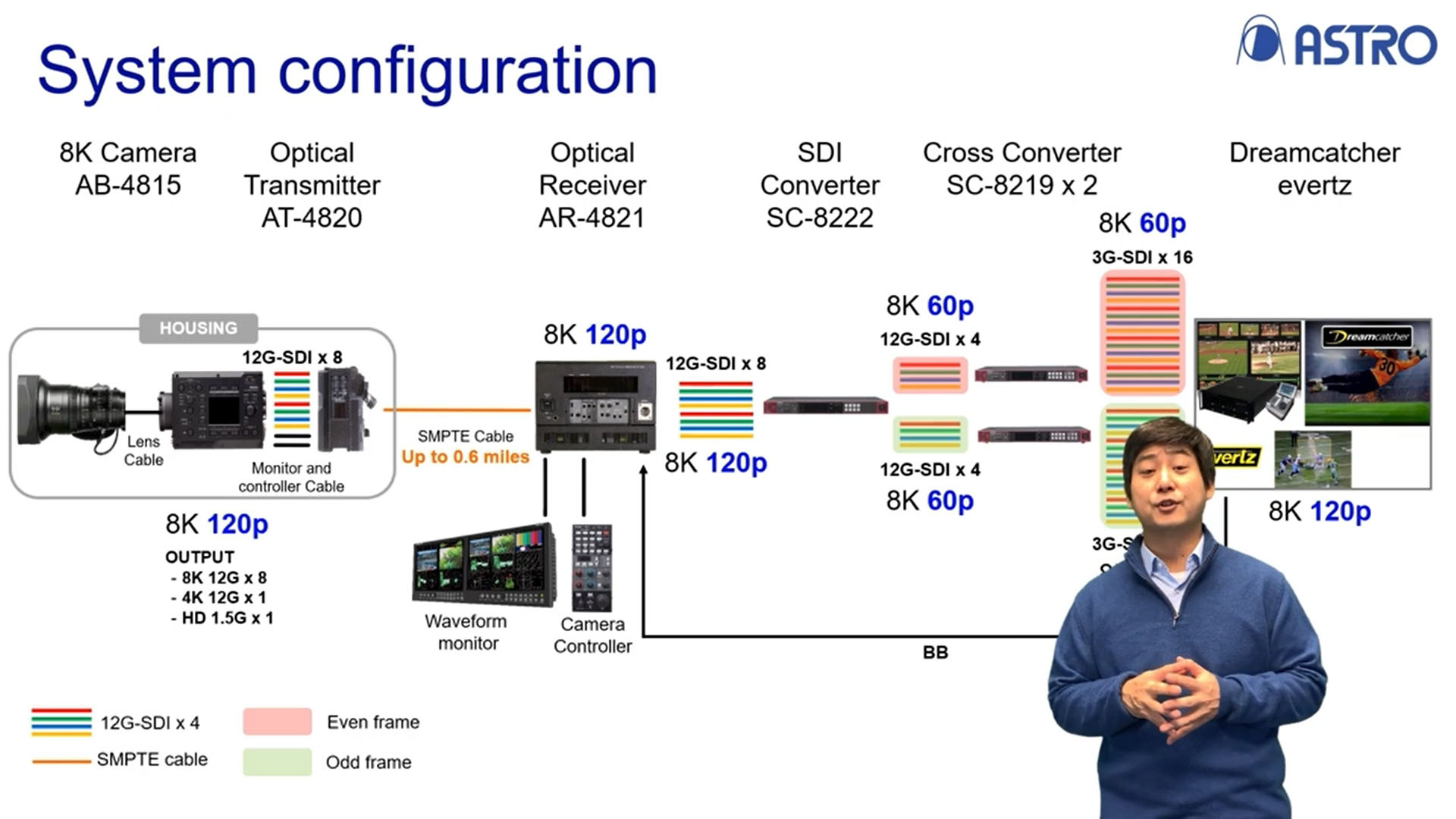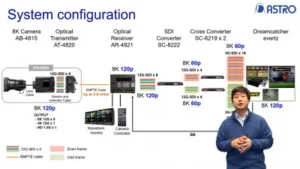The annual Hollywood Professional Association Technology Retreat is right up there with my favorite conferences. In fact, it might be at the top of the list, as the event always attracts top-notch presenters armed with meaty topics that span the range from image and audio acquisition and production to displays, media distribution, archiving, and business/economics/markets updates.h

The conference is very informal. Presenters aren’t obligated to “show and tell” anything – they can just stand on stage and talk if they want – although most have slide decks and video clips. There’s no obligation to create handouts. Presentations vary in length from an hour down to five minutes, and opportunities abound for ad-hoc conversations and discussions during breaks. There are even breakfast roundtables on just about any subject you can imagine.
This Year was Virtual
I’ve been attending since 2002, and this year’s event was forced to go virtual over two weeks (the second week is starting as you read this). For 2021, presentations were pre-recorded to video, playing back at scheduled times and on demand afterward. The breakfast roundtables have been expanded to lunch roundtables, and the usual full-day Super Session (all focused on one topic) takes place Tuesday, March 23.
There were too many presentations to choose from this year (plus over 100 roundtables), so I decided to focus on a couple for today’s DD. Both deal with 8K (UHD-2) resolution imaging and display, and both raised some interesting points.
8K Viable for Production
The first session ran about an hour and was titled, “High Resolution and Beyond.” It was hosted by Sam Nicholson, CEO & Founder at L.A./Vancouver-based Stargate Studios, with additional participation by Ryan Neal at post facility RKM Studios, Dylan Mathis of NASA (he’s the guy responsible for the 4K and 8K camera gear that is currently running in the International Space Station), and cinematographer David Stump, ASC.
There was strong consensus that 8K is a viable and vital acquisition/production format. Examples were shown of virtual background plates, shot at 8K resolution, that incorporate perspective control linked to cameras. As the camera shifts position and/or depth along x, y, z axes, the perspective on background plates follows in step, adding an element of realism far beyond what was previously done with simple 2D rear projection. Those added pixels and HDR imaging make a difference!
Having more pixels and high dynamic range / wide color gamut information in mastered footage is a bonus, particularly when down-converting to lower resolutions for playback. Nicholson and others have also been using fine-pitch videowalls as background plates, synchronizing camera movements to changes in background footage (recall the film Apollo 11 from 2019). Assuming the usual issues with moiré are resolved, the resulting effect is extremely life-like. LED walls have enough luminance to hold up under high levels of studio lighting.
Challenges with Data Rates
All participants agreed that the big challenges with 8K production (and now 12K, thanks to a new camera from BlackMagic Design) relate to the enormous data rates and file sizes. One frame of 8K video has 33 million pixels alone, and the uncompressed streaming rate of 8K/60 4:2:2 video with 12-bit color works out to about 48 gigabits per second! 120 Hz high frame rate video kicks that up to 96 Gb/s, and with the fastest SDI format available (about 12 Gb/s), that requires 8 such links for transport…likely optical.
Speaking of high frame rate video; the San Francisco 49ers have incorporated five 8K cameras into their new stadium in Santa Clara, CA. Two cameras are positioned along the sidelines and two more on the end zone line, while the remaining camera sits above the stadium, zooming in on fans, players, coaches, and just about anything of interest.
Astrodesign, which has commercialized many of the innovations in 8K camera, recording, storage, and distribution technology originally developed by NHK over the years, handled the installation of this system. The primary use of the sideline and end zone cameras is to provide conclusive evidence that a player was or was not in-bounds on a given play under review. (Fox and CBS were experimenting with 4K cameras a couple of years ago to this end.)
Having multiple 8K cameras in the stadium presents quite the opportunity for enhanced video coverage. Several years back, NHK demonstrated how they covered a soccer match in a stadium with just four 8K cameras, using a digital zoom to crop in and enlarge a Full HD (1/16) section of the 8K image. Up to four separate FHD cropped-and-zoomed images could be selected from each camera dynamically, in effect creating a virtual 16-camera installation.
Terry Harada, the CEO of Astrodesign, hosted this session along with Aron Kennedy, VP of game-day production for the 49ers. Kennedy stressed that high frame rate video was as essential to the installation as 8K resolution – grabbing a clean still frame from on-field action would be a lot easier with the images largely free of motion blur that you’d observe using a 60Hz camera.
 Astro 8K Levis Stadium Configuration – Click for higher resolution
Astro 8K Levis Stadium Configuration – Click for higher resolution
As I just mentioned, 8K video generates a lot of data and high bit rates. The Astrodesign system can output 8K, 4K, and 2K/FHD streams simultaneously, and each camera multiplexes eight optical fiber 12G-SDI connections into a single-mode SMPTE fiber link back to master control. Here, the demuxed 8K/120 streams can be split into even and odd frames (similar to interlacing) and further divided into a pair of 4x 12G-SDI streams and then ultimately into sixteen 3G-SDI data streams to feed an Evertz DreamCatcher video replay and production system.
I’m definitely in the camp that believes 8K holds more promise right now as an acquisition and production system, while a well-designed Ultra HDTV that supports high dynamic range is more than sufficient for home viewing. Given that most viewers sit seven feet or more from their televisions (and greater distances from larger sets), any issues regarding visibility of a display’s pixel structure are moot, even with super-large screen sizes (75 inches and up). Footage mastered at 8K resolution and down-converted to 4K looks just as good if not better than footage shot and displayed at 4K.
What we don’t hear much about with regard to 8K televisions may seem like a mundane issue, but it’s definitely not. The trend toward full-array LED backlights has boosted power consumption by a substantial amount: One current-model Tier 1 85-inch 8K TV with HDR has a power consumption specification of 900 watts! (Their equivalent 4K model, as you might expect, gobbles up 450 watts.) That might come as a bit of a shock to the buyer, and certainly none of these models qualify for EnergyStar or EU power efficiency ratings.
But that’s a story for another Display Daily… (PP)

